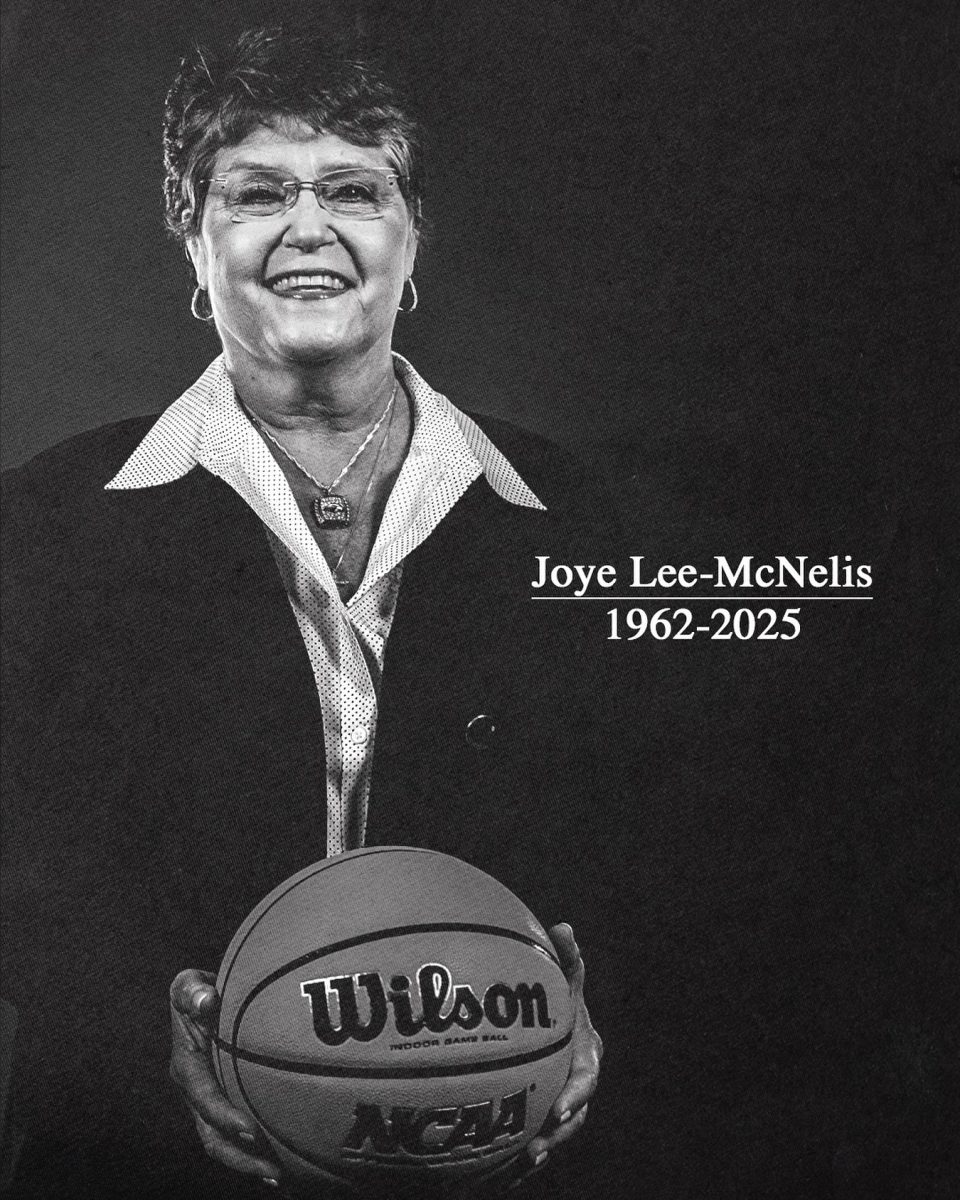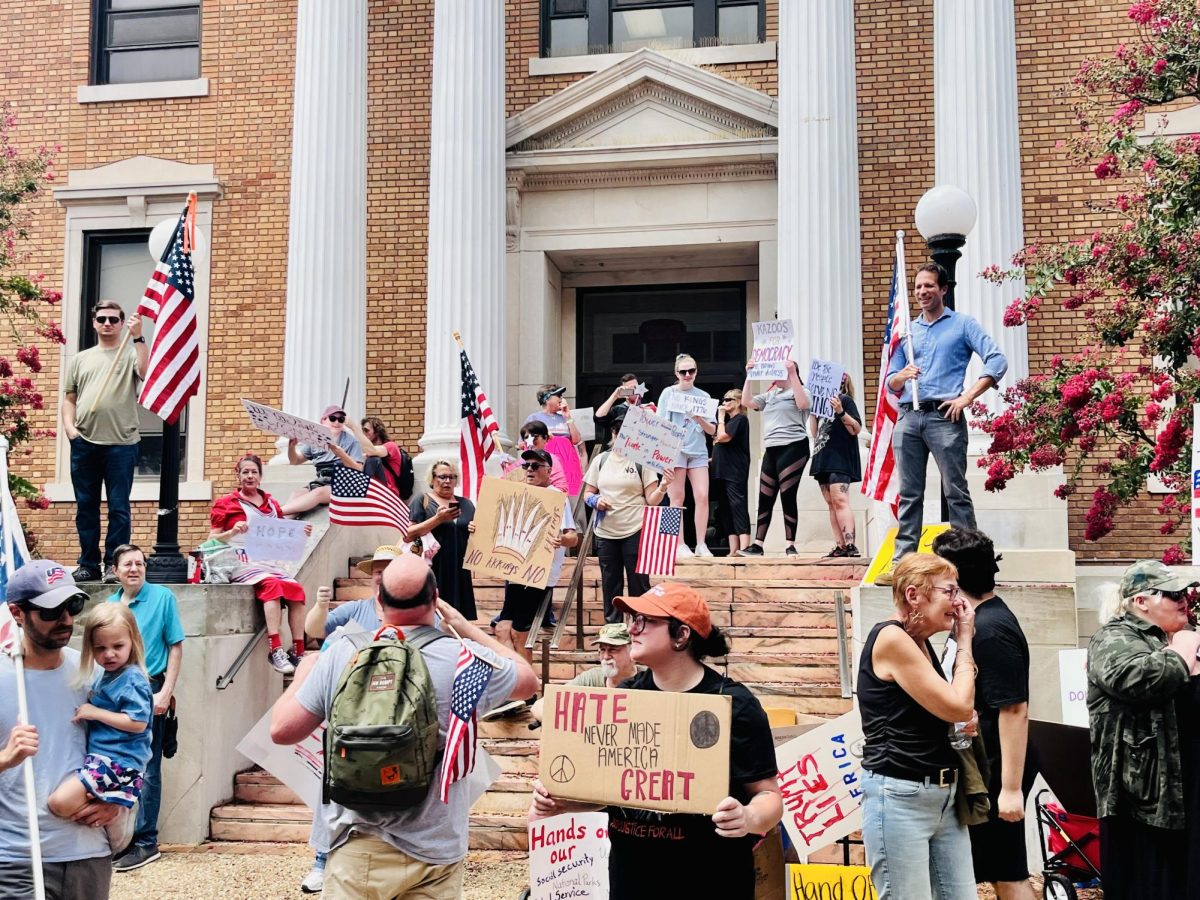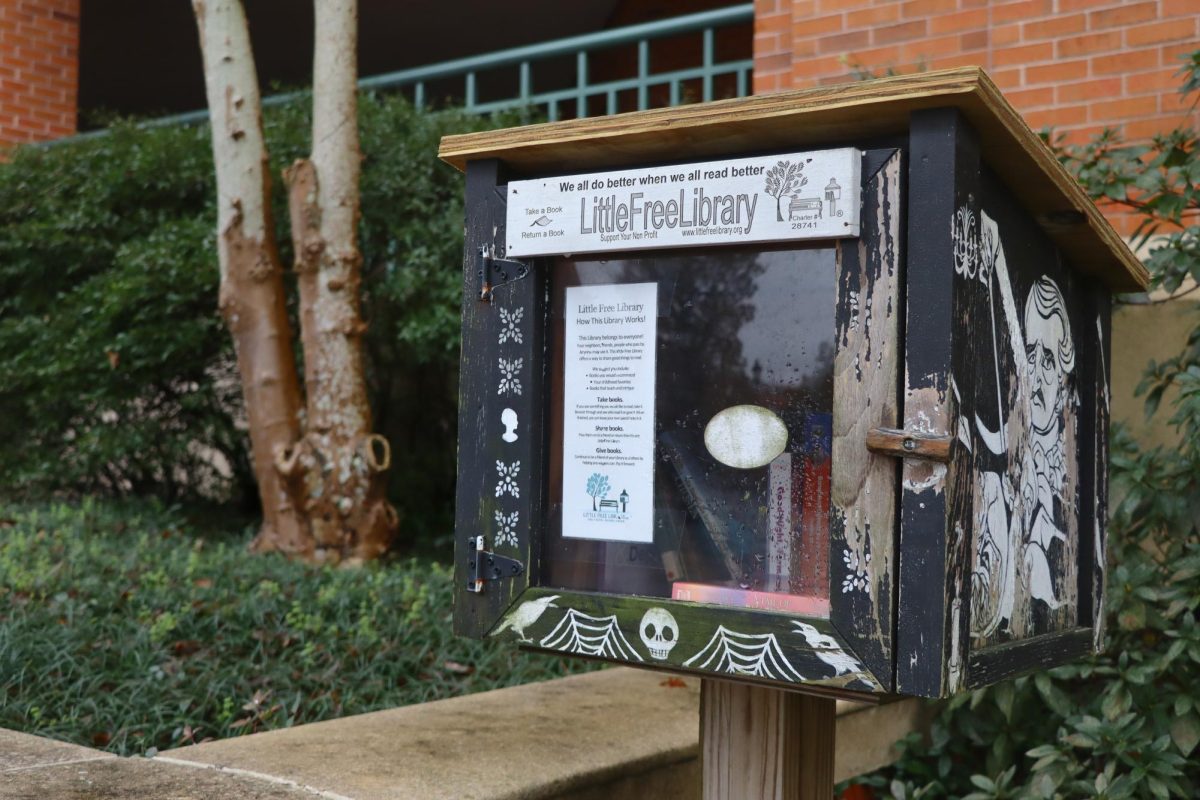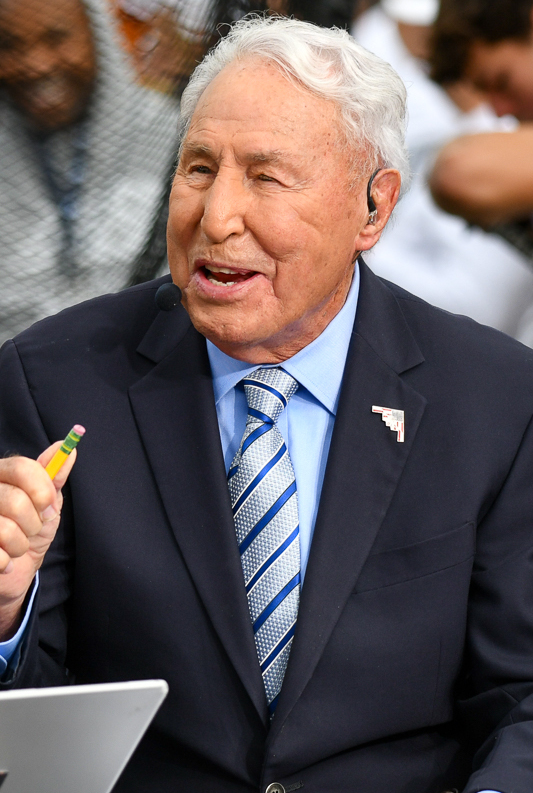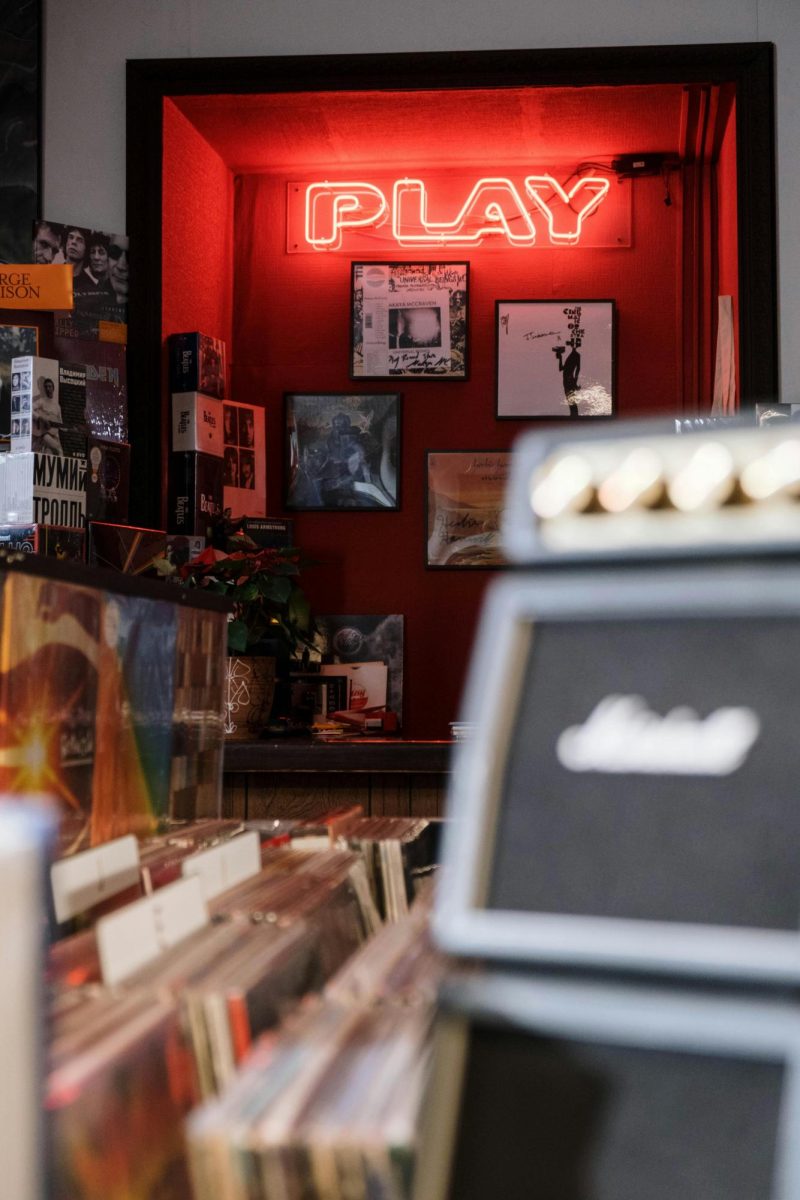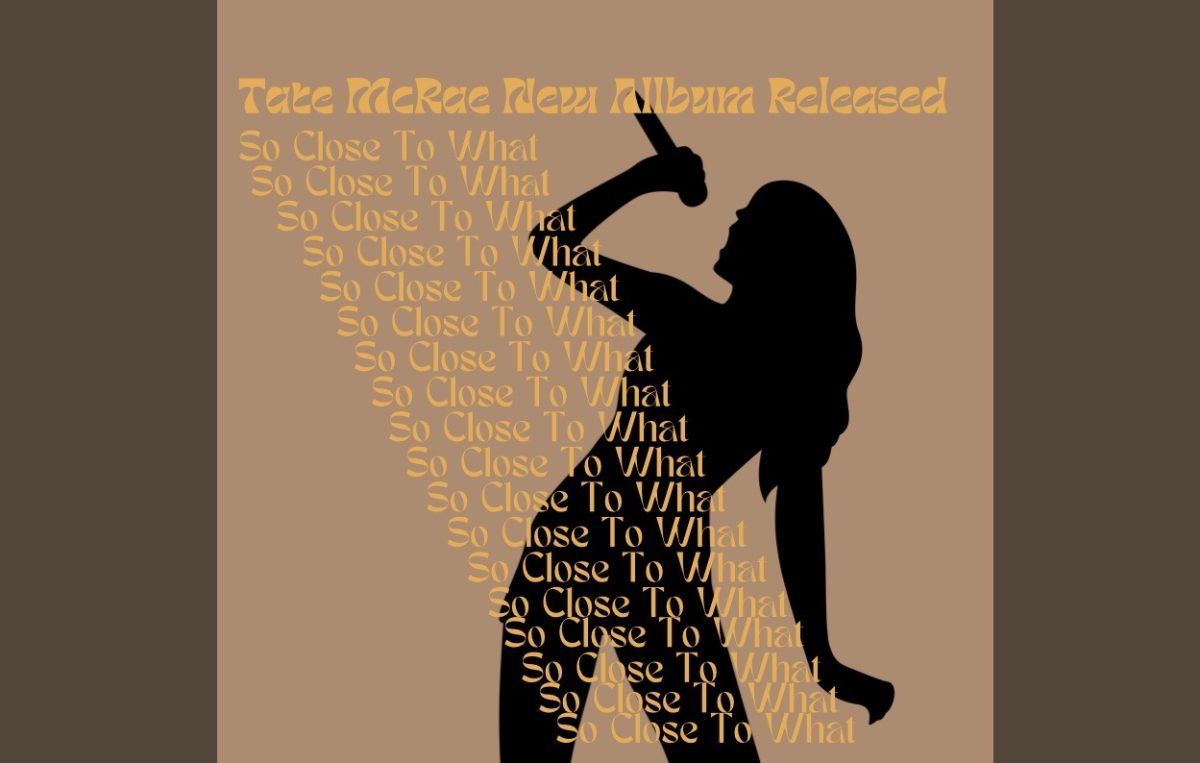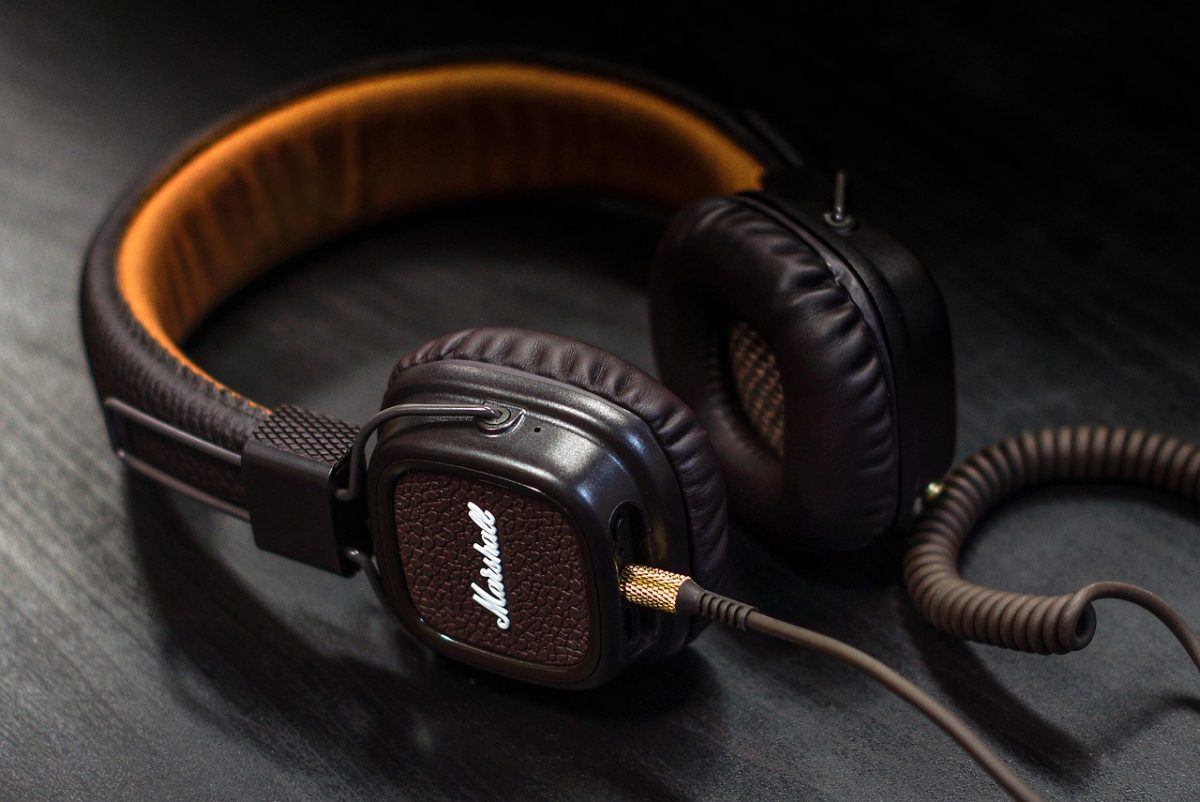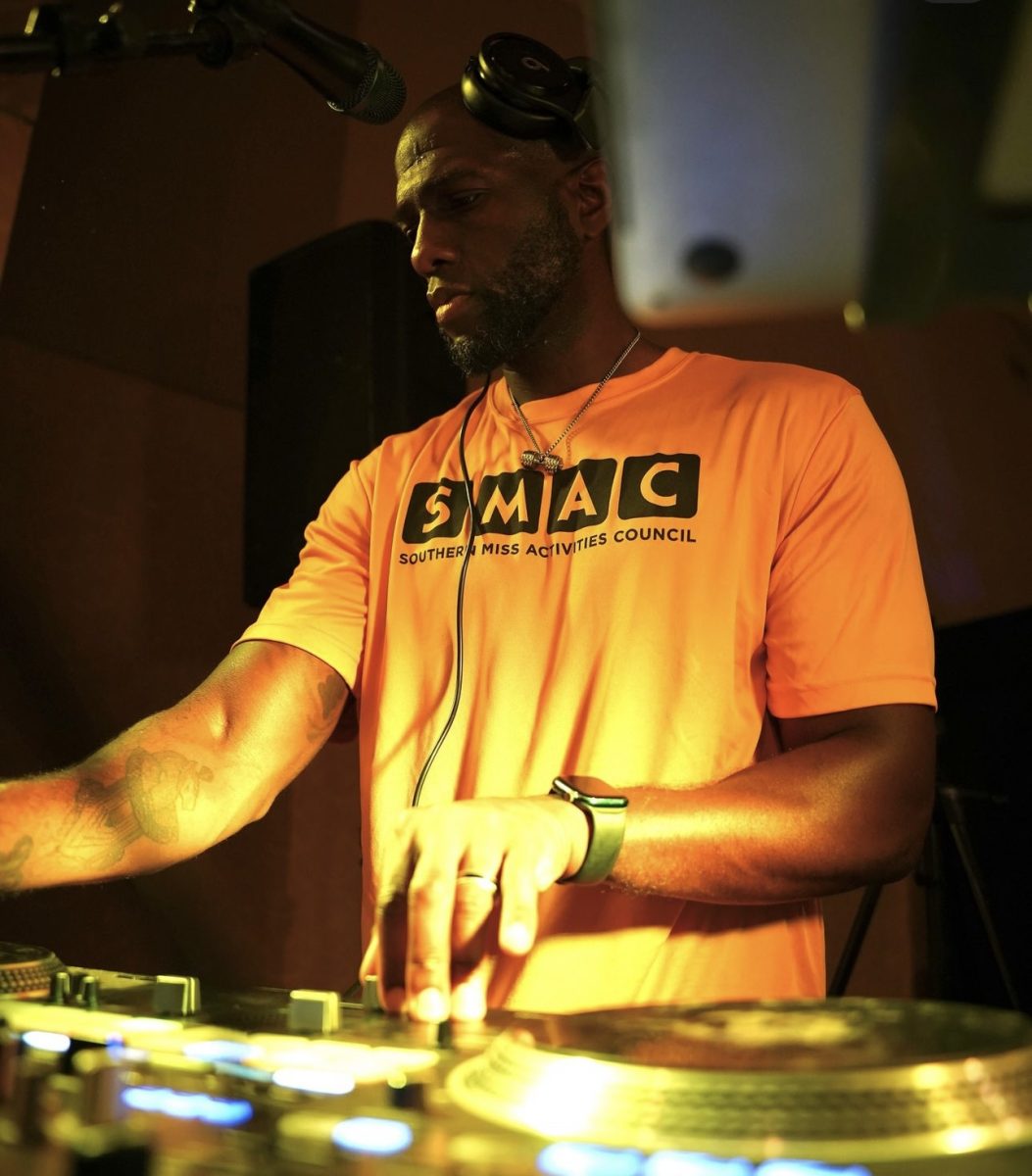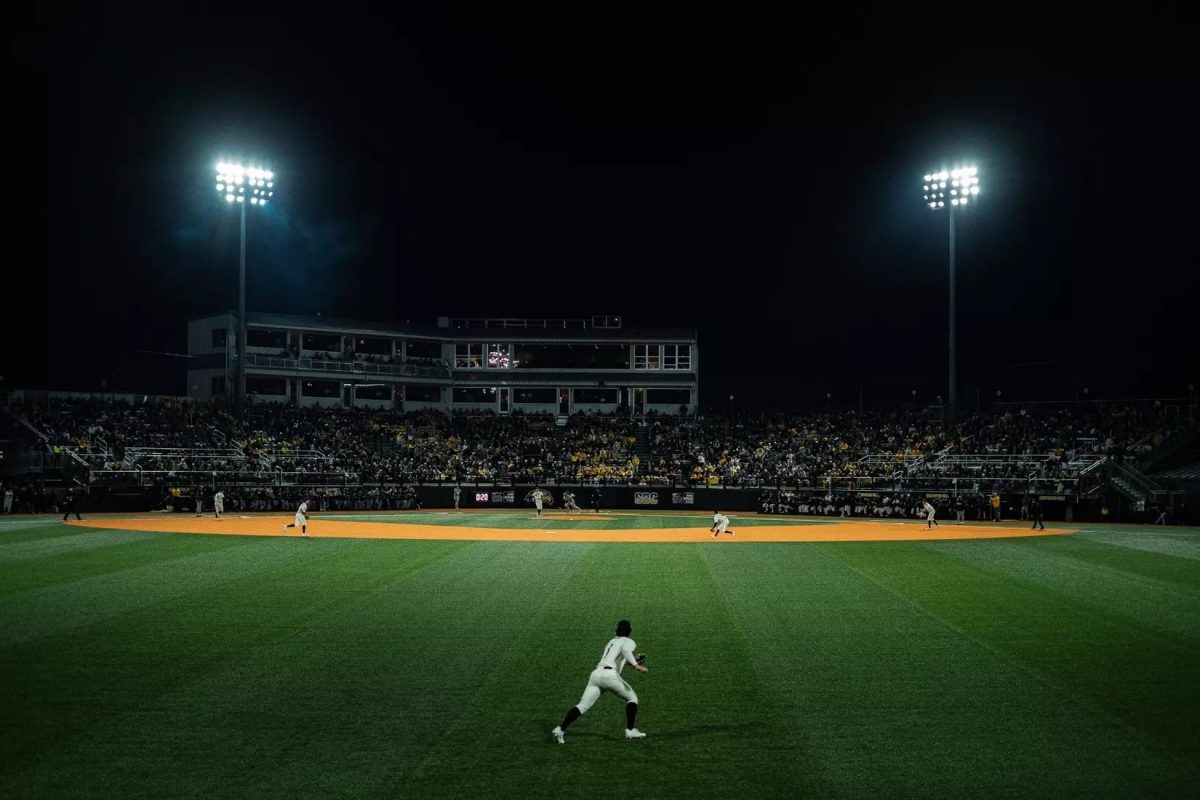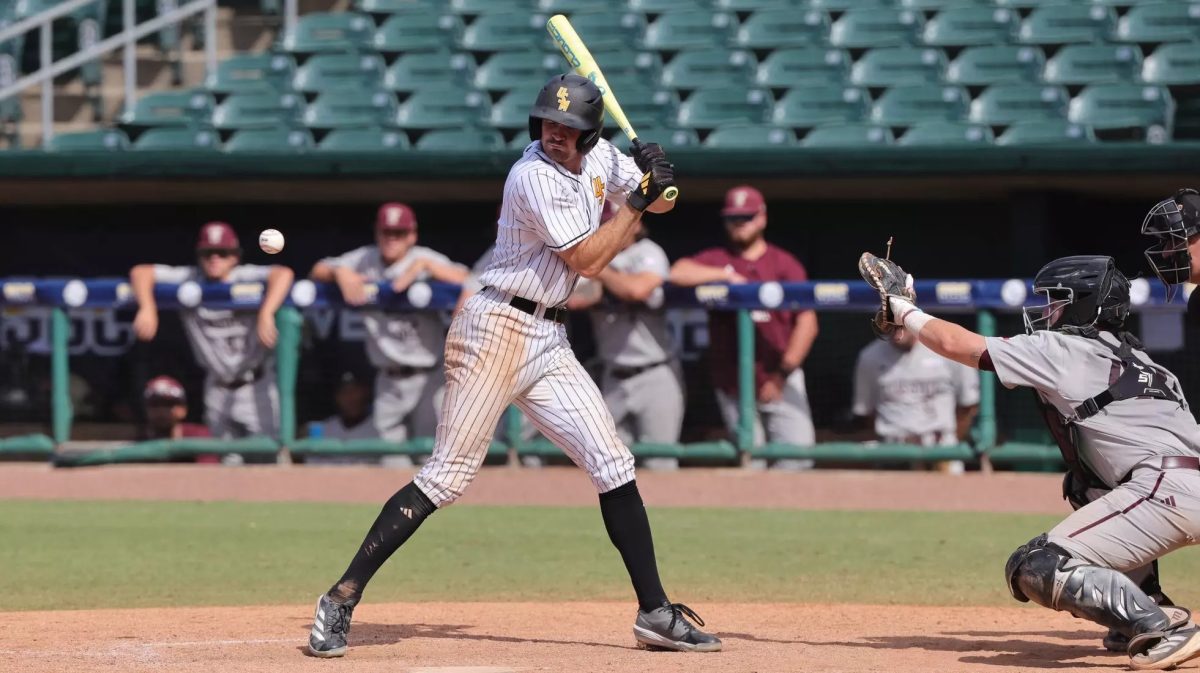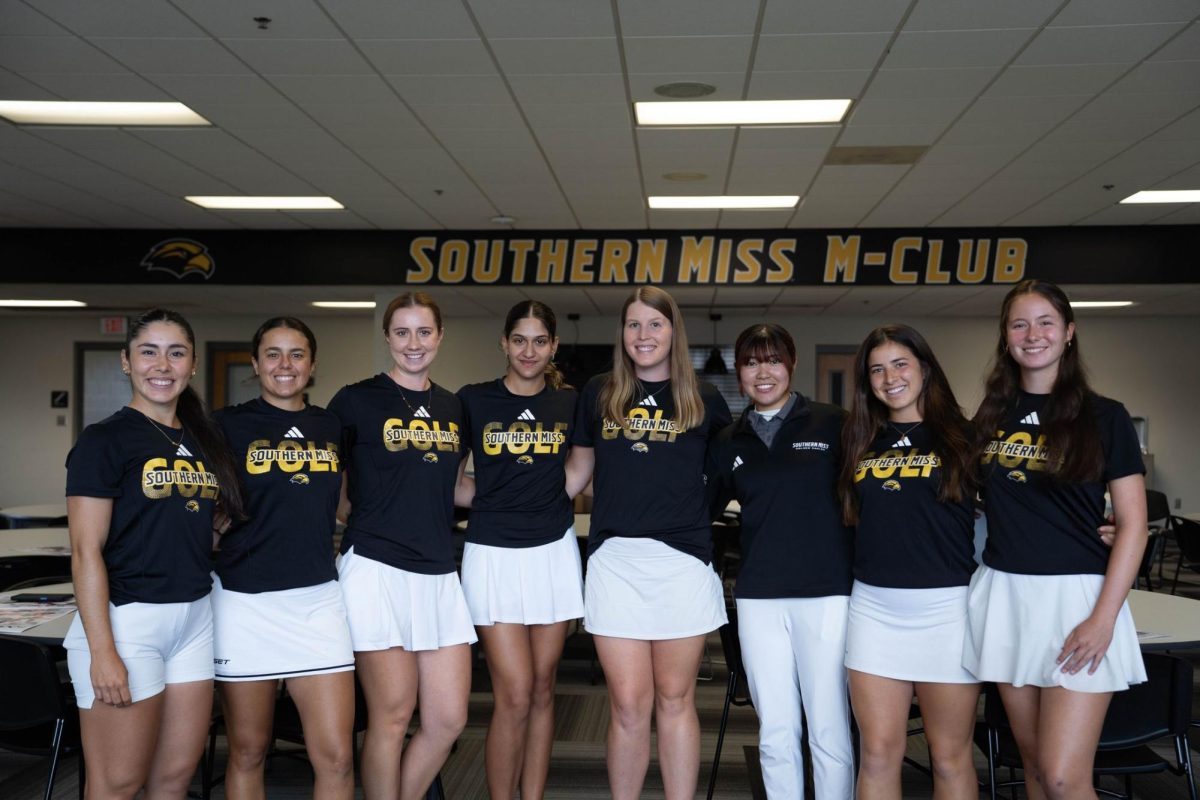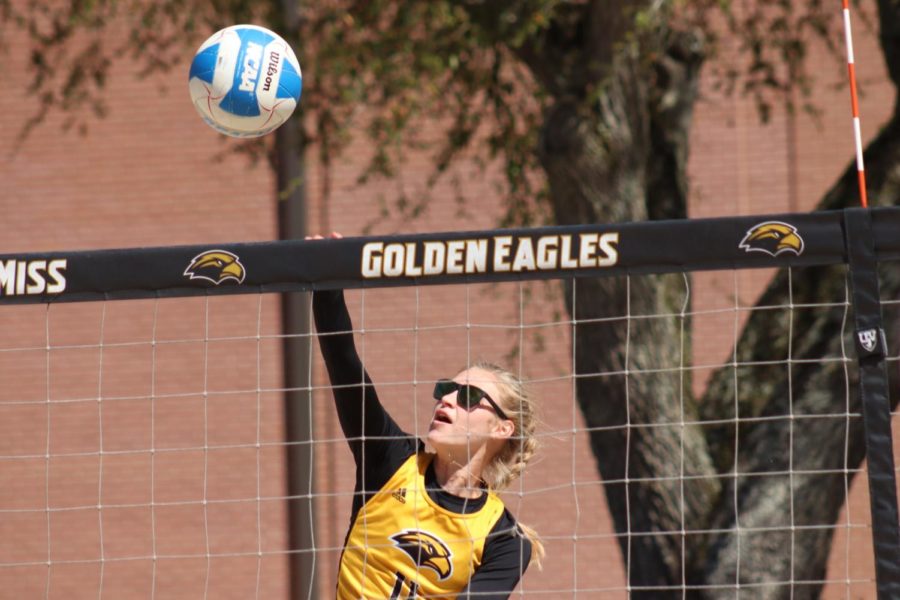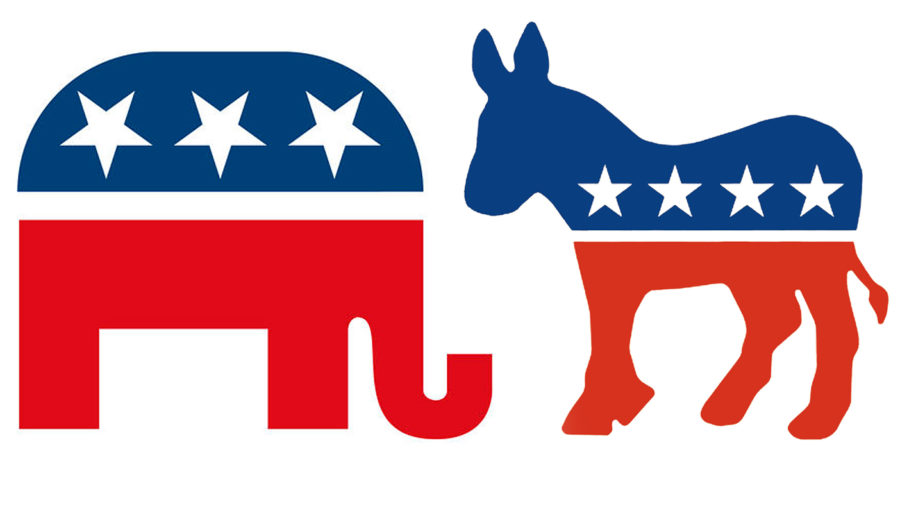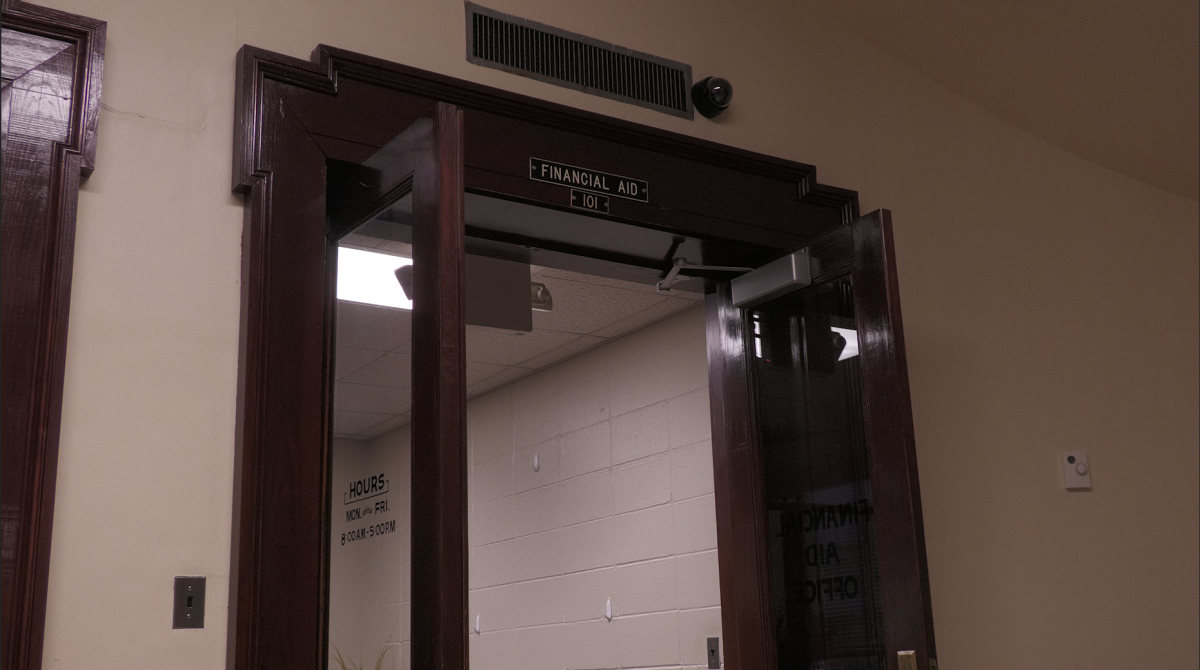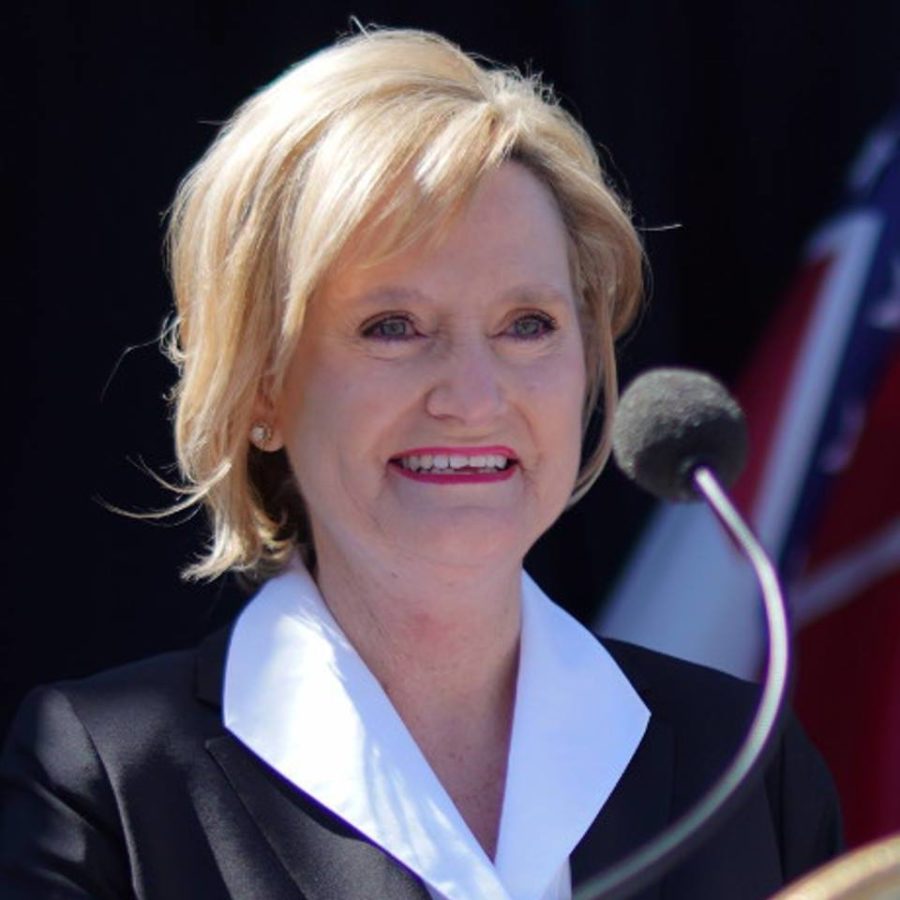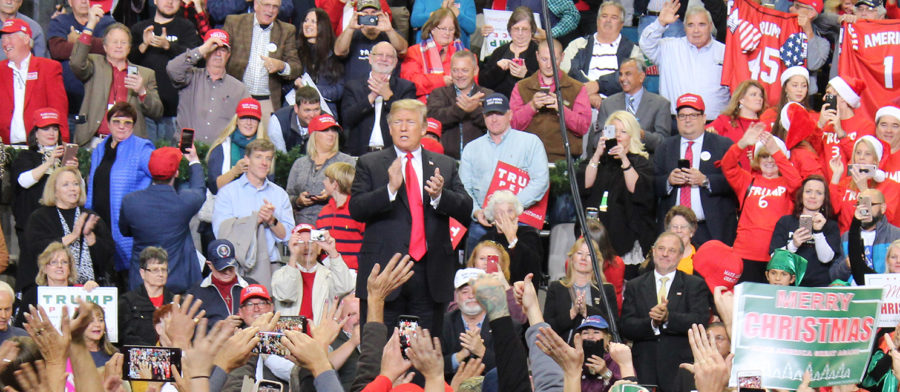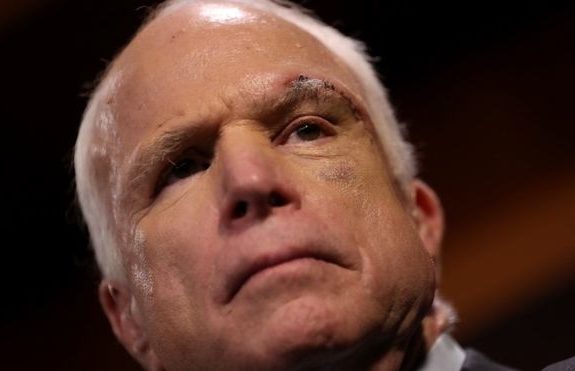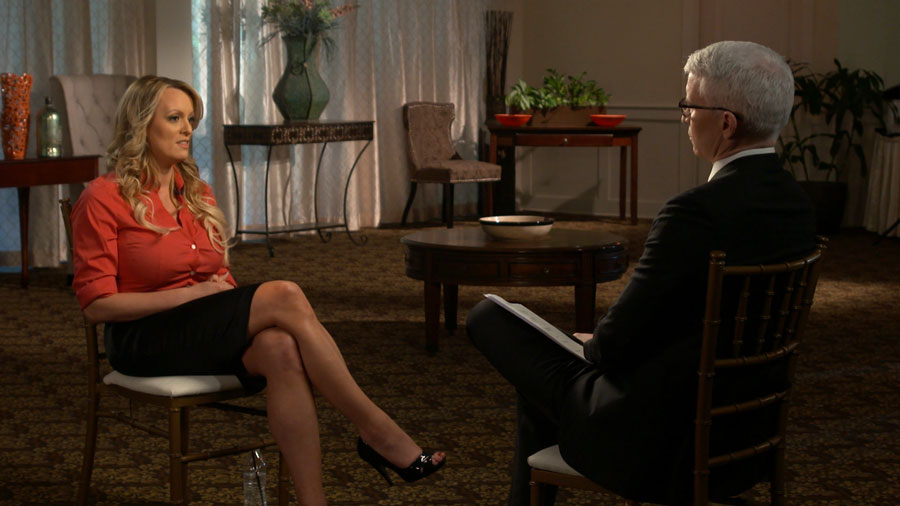While the general election seems to be shaping up to be a battle of Donald Trump versus Hillary Clinton, Bernie Sanders still vows to fight until the end, reaping whatever benefits he may pick up along the way.
Indiana was a crucial election for the GOP with Ted Cruz dropping out after a loss to Trump, who took all 51 delegates available in the state. John Kasich dropped out May 4, effectively handing the nomination to Trump. On the Democratic side, Sanders won with 52 percent of the vote, strengthening the idea that he does better in open and mixed primaries rather than closed.
While the Republican race looks like a straight shot for Trump, the fate of the Democratic nomination still technically remains up in the air.
While still mathematically possibly, the win margins will have to be higher than ever in order to achieve the goal.
In the Democratic race, the delegates are awarded proportionally, meaning Sanders took 43 elected delegates to Clinton’s 37. This brings the difference in pledged delegates to 321. According to FiveThirtyEight, Clinton is exceeding expectations on her path to the nomination while Sanders is behind by 8 percent.
The next Democratic primary will be May 7 in the territory of Guam. According to Associated Press, seven unpledged delegates are up for grabs, and FiveThirtyEight said that either candidate will need to get at least 3.5 delegates to stay on track. Then the next will be on May 10 in West Virginia, a mixed primary with 29 available delegates on the Democratic side and 34 for the GOP. FiveThirtyEight said that for Sanders to stay on track, he must win 17 delegates or beat Clinton heavily in order to make up for losses in Maryland.
The Republicans will also have a closed primary in Nebraska with 36 delegates available. Nebraska and West Virginia are winner-take-all, which means that unless Kasich can mount a substantial offense, Trump will likely win all delegates.
May 17 will see Democrats vote in Kentucky, and Oregon will vote for both parties. These primaries are closed, with 55 delegates available for the Democrats in Kentucky and 61 in Oregon. The GOP will see 25 unbound delegates awarded proportionally, which could mean good news for Kasich, though it is still a longshot. Once again, if Sanders wishes to remain mathematically viable, he will have to have a strong victory in both states.
The final primary in May will be for the Republicans on May 24 in Washington state. The delegates will be awarded proportionally, provided a candidate reaches above 20 percent. Kasich will need to outperform all benchmarks in order to meet this, provided his candidacy has not changed by this point.
June 4 will see the Virgin Islands caucus for their democratic candidates, an area where Sanders has historically shined. Sanders seems to do better than Clinton in caucus states as well, and the size of the population could easily see this contest turn one way or the other. Twelve delegates will be awarded proportionally, with 3 superdelegates included. On June 5, Puerto Rico will also caucus with 67 delegates available.
The “last call” in the republican race will be on June 7, with 294 bound delegates available. California and New Jersey will hold mixed primaries, New Mexico and South Dakota will be closed and Montana will be open. All of these are winner-take-all except for New Mexico, which awards delegates proportionally.
If Kasich was still running, this would have been a prime opportunity to take delegates from Trump. However, it remains to be seen whether Cruz and Kasich will remain on the ballots despite their absence from the campaign trail. If a candidate is no longer running but still on the ballot due to a suspended campaign, their votes do not technically count.
June 7 will see the last primary for the Democrats as well, with New Mexico and South Dakota holding closed elections offering 54 delegates, and North Dakota and Washington D.C. in a closed caucus offering 38. New Jersey and California will be mixed, offering 601 delegates and Montana will be open, offering 21 delegates. All in all, there will be a total of 714 delegates available.
Though Sanders is a longshot, he said he will continue on to the conventions. According to his campaign, his strategy now relies on contesting the convention and making an argument to the superdelegates to vote along their constituent votes. For example, in states like Vermont, Sanders won with such a majority that Clinton was non-viable, meaning she would receive no elected delegates. However, due to the superdelegate system, she still received unelected delegates. Sanders hopes to be able to convince these delegates to vote according to the will of the people rather than their original alignment.
From now until June 7, we can expect Trump and Clinton to name potential running mates, which could have a serious effect on their polling numbers. While there are other contests between now and then, all eyes have turned toward California, the final proving ground of this year’s primary elections.

